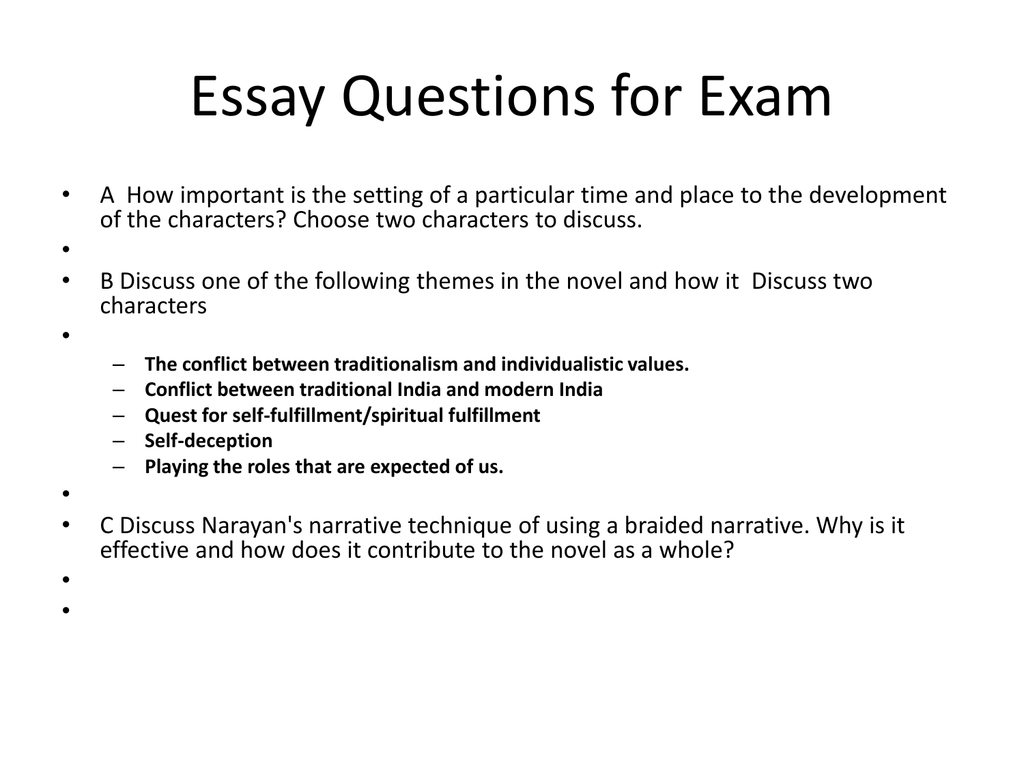
Through sacrifice he shifts from skepticism to idealism (Literary Articles, 2010).Īll these aspects of Indian society are played against the backdrop of colonialism. From the start, the story of Raju is on whether he will become a man who does things for the genuine sake of others. His imprisonment absolves him of his past and now he takes a new journey that leads him to salvation.Īll this is engulfed under the Hindu value of selflessness.

But when he makes the choice to be honest with the role that the disciples have entrusted to him, he finds peace. He feels guilt, especially against Velan, the loyal disciple. But more than going against norms and the law, Raju’s relationship with Rosie who she brings home, becomes the reason for the conflict between him and his mother.Įqually, for as long as Raju is intentionally lying to his spiritual subjects, he is constantly at war with himself (Literary Articles, 2010). It is learnt that he had been jailed for living with another man’s wife.

The book opens as he is just out of prison. The main advocate for this theme is the main character, Raju himself. The central Indian philosophy argues that deviation from traditionally accepted norms is a major cause of disorder and unhappiness (Literary Articles, 2010). Narayan explicitly speaks on traditional morality. The Themes of Traditional Culture, Hindu Values and Colonialism

219).īut beyond the superficially comic story of a rogue, Narayan explores a number of aspects of the Indian society within which this story was composed. The other side of the coin is that Raju ultimately is guided into selflessness: “if by not eating I can help the trees bloom and the grass grow, why not do it thoroughly?” (Narayan, 1992, p. There’s the Raju who is a tour guide and who leads Rosie into self-realization, and there’s Raju the spiritual guide.


 0 kommentar(er)
0 kommentar(er)
